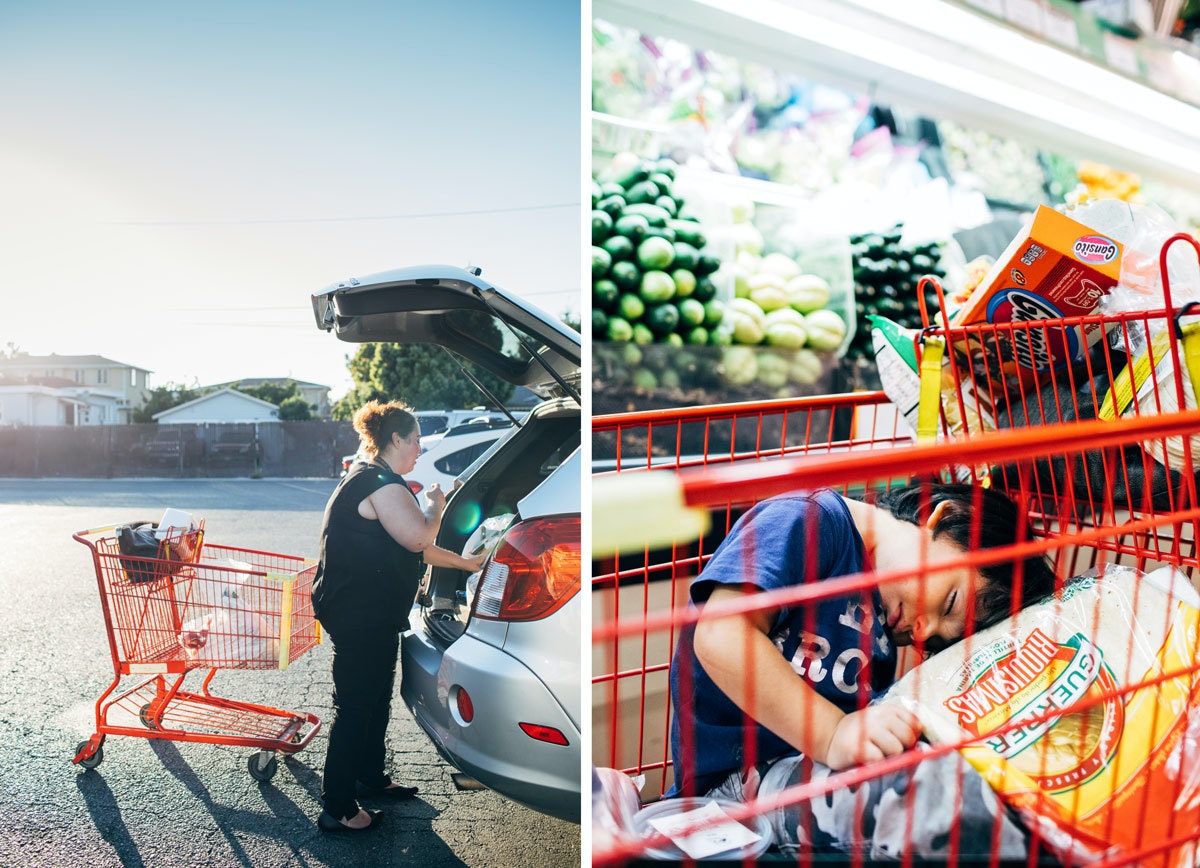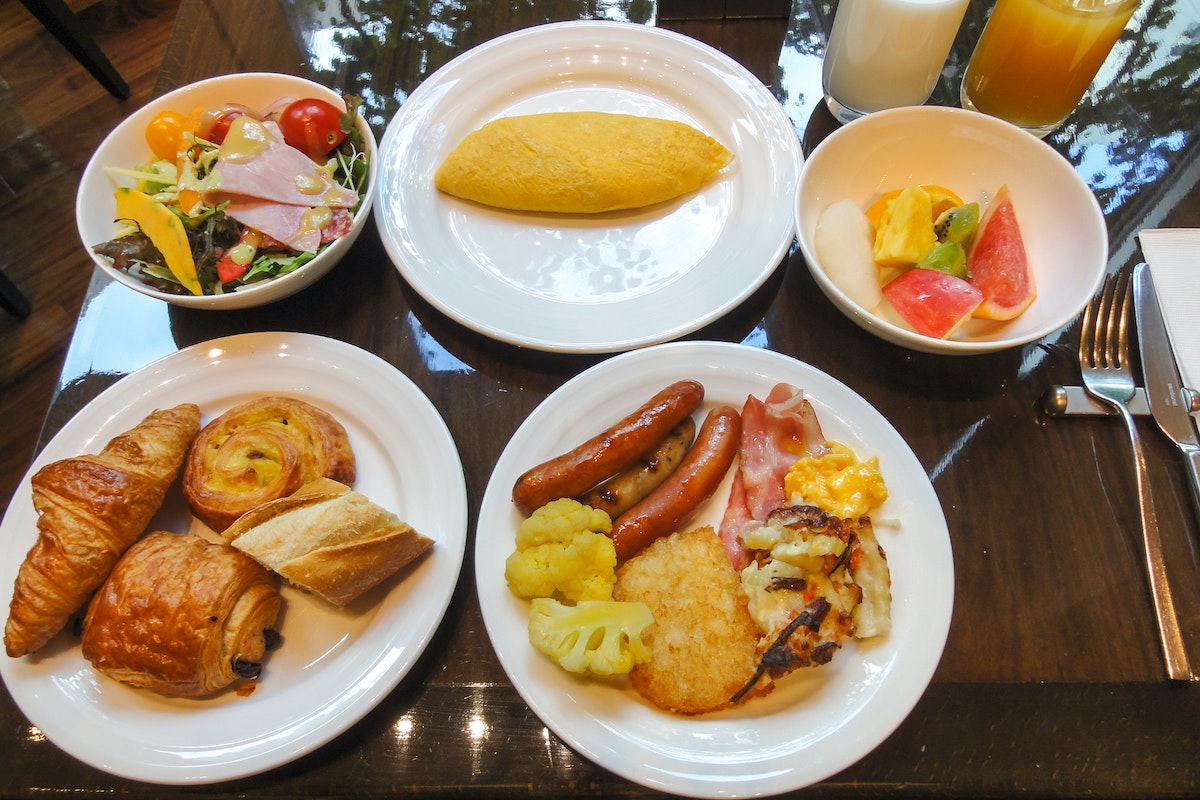What electric cars can tell us about redesigning the food system

The world of food contains all kinds of internal tensions: On the one hand, we’re faced with hunger and food shortages, while on the other we’re fighting an obesity epidemic.
In an effort to be more conscious of our own health and the health of our planet, we’re being told to eat a plant-based diet, while, at the same time, lab-grown meat is gaining traction. How do we wrap our heads around all of it?
We think design can help. But a few things have to shift if we’re going to drive the global food system toward greater sustainability. At the consumer level, it’s about supporting people to make healthier decisions about how they eat. At the level of large companies or complex systems, it’s about helping organizations reinvent themselves, ask bigger questions, and make more thoughtful changes from within.
In either case, change isn’t easy. To help our clients in the food space get inspired and energized, we often recommend looking for insights in unexpected places—we call it “analogous inspiration.” It’s easy to get caught up in what you already know and mired in the same cyclical ways of thinking; to innovate, you have to break out.
Here are a few ways for folks to innovate in the food landscape (and beyond):
1. Design for emerging behaviors
During a recent project to help a global beverage company think beyond its current business, we set up interviews with people outside the industry, including one with a company that makes charging stations for electric vehicles. When the car charging company was just starting out, leaders assumed they would follow the model of gas stations by building stand-alone charging stations spread throughout a city. That’s how people had fueled cars for decades, right?

But it turns out consumers don’t want to stand around for 30 or 40 minutes while their cars charge; instead, they want to fold charging into another errand, such as a trip to the grocery store. Because their lives are increasingly complex, they want to streamline wherever they can. This insight prompted the charging company to completely rethink its approach.
Though the beverage businesses has nothing to do with cars, seeing the charging company’s abrupt change in tactics to address a human need inspired our client to think far beyond existing consumer behaviors and to advocate for big changes in the business model.
The takeaway: Instead of taking the established route, innovators should be on the lookout for new and emerging behaviors that indicate an alternative path to designing for the future.
2. Get up close and personal
A lot of living happens outside of conference rooms and surveys. In order to capture what’s really on folks’ minds, we often spend days or weeks shadowing people and looking for unconscious behaviors that can influence how we design for them.
Recently, we were working with a baby food company looking to expand its line of products. We met real customers and shadowed them for days—at home, on their commutes, while shopping, and when preparing food. By traveling on the subway with them during feeding time, watching them buy groceries, and sitting with them in their homes, we noticed how many workarounds they used when feeding their infants and a few common issues they faced with existing baby food.
These insights, while seemingly small, helped inform how we designed our client’s food packaging. It was the little observations we made by diving in head-first with parents that enabled us to create a feeding experience that feels a bit more parent-centered.
The take-away: Double down on real human interactions and don’t overlook the small stuff. Sometimes, subconscious behaviors and common workarounds indicate the need for a redesign.

3. Look beyond your industry
When you walk into a hotel room, you’re often greeted by signs encouraging you to save water by reusing your towels or foregoing a change of sheets. While no longer new to most of us, these reminders were fairly revolutionary when they first appeared and have helped to save millions of gallons of water since.
When we set out to help the Rockefeller Foundation find ways to reduce food waste, we looked for examples of waste reduction in other industries, including hospitality. Hotel signage cueing visitors to reuse towels is more than just a pesky reminder to save water; it’s a way for people to incrementally change their behavior while feeling like they’re a part of something bigger for the betterment of the planet. In this case, understanding what motivates people resulted in a drastic drop in water waste.

With the Rockefeller Foundation, we tapped into data around food waste and were able to use it to predict human behaviors and test subtle changes in a number of industries. Hyatt Hotels prototyped some of this thinking in their buffets—by switching from whole cakes to individual sweets, for example—resulting in a 10 percent cost savings for the company and an enormous reduction in food waste.
The take-away: Instead of looking within your own walls for inspiration, look outside to other industries and sectors to see how they’ve solved similar problems.
We've found these three design approaches useful. Have other ideas? We’d love to hear them! Tag @IDEO and use the hashtag #designforfood.
Words and art

Subscribe

.svg)







